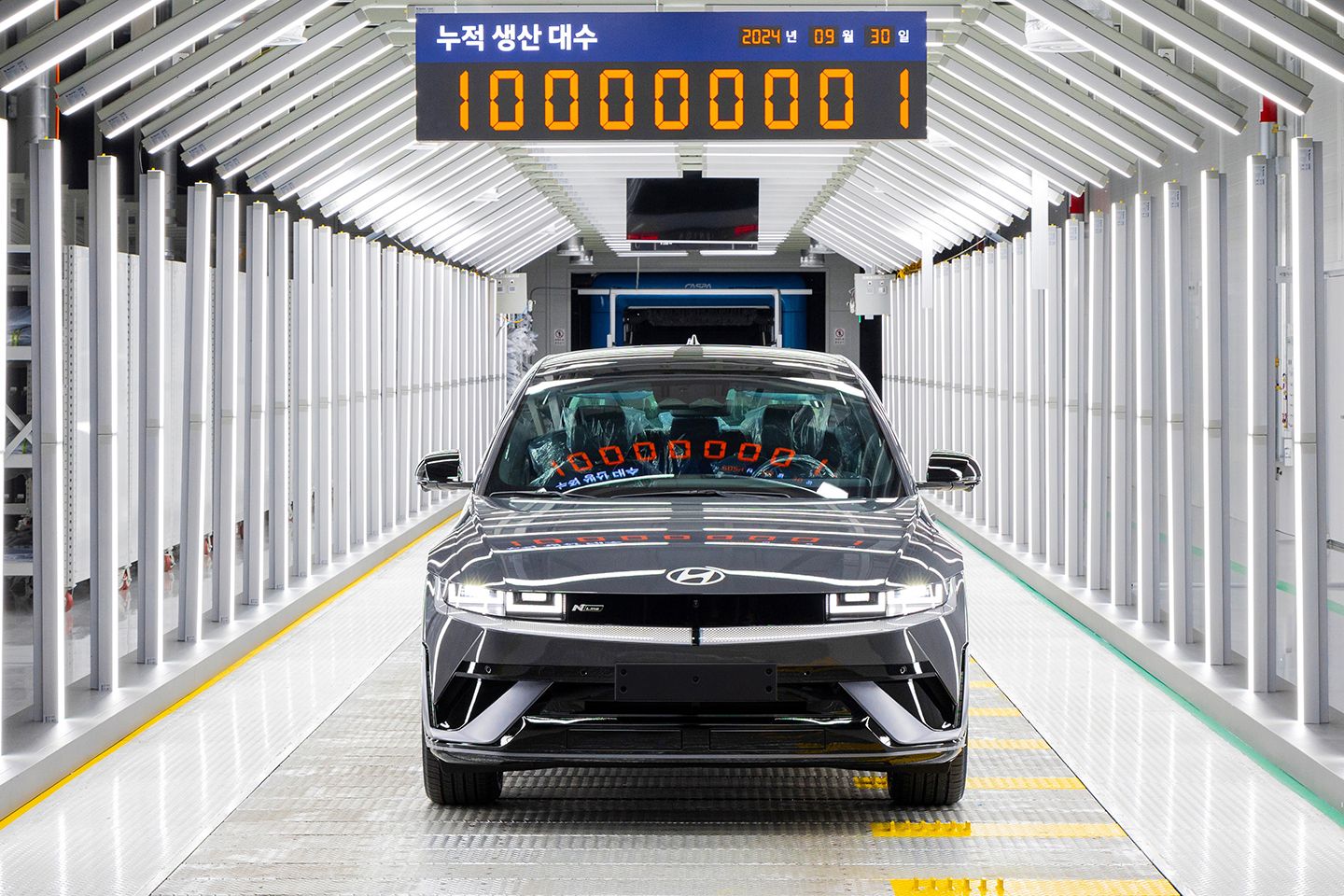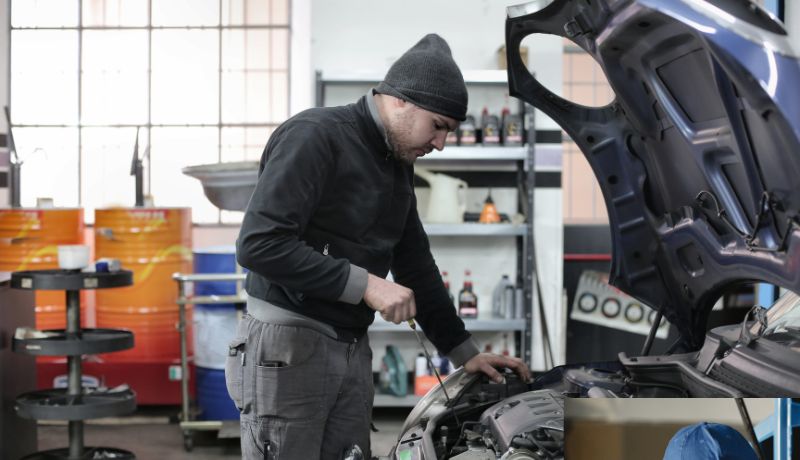
Hyundai has produced its one hundred millionth car, celebrating the occasion by handing over the next one – the 1,000,001st – to its owner at the Ulsan factory. A day to remember for that Ioniq 5 owner. Hyundai decided on that car rather than the exact milestone as it reflects the company’s ‘commitment to pushing one step further with its past accomplishments as the foundation.’
To produce so many cars in just 57 years (the Hyundai Motor Company was founded at the end of 1967, the Ulsan plant opened in ‘68) is good going. But it’s a mark of just what progress Hyundai has made in recent years that half of that total has been achieved in little more than a decade: it took until 2013 for 50 million vehicles to be manufactured, and now just 11 more years for another 50 million. There are now production facilities in Turkey, India, the Czech Republic and the United States as well as the home facility in Korea that serves as a hub for the brand’s electrification strategy.
Expect plenty more of that to come. Dong Seock Lee, President and Head of Domestic Productions, said: “Each and every employee at Hyundai Motor has contributed to the accumulation of 100 million units through their hard work and dedication. This auspicious occasion is just the first step toward the future era of electrification that Hyundai Motor will lead.” That’s in addition to robots, AI and smart factories being worked on at the Hyundai Motor Group Global Innovation Centre Singapore. The progress shows little sign of abating, basically.
It’s nothing if not interesting to look back in the classifieds and see what progress has been made in very little time. Of course we’ll all fondly recall the old Coupe (Shed money V6s are still around), as well as the rally cars it and the Accent spawned, but they existed with Matrixes, Amicas and Trajets. It’s been quite the transformation. It was probably the ‘i’ cars that really marked the turning point for Hyundai, the i10, 20 and 30 all very competitive and desirable in their classes, then the launch of N turned brand perception on its head. Probably we’d have not covered this story were it not for the decision to launch a performance subdivision. Because of how good the i30, i20 and Ioniq 5 have been, expectations are now high when a new fast Hyundai is announced; that just wouldn’t have happened a decade ago, let alone any longer.
Their quickly established rep has kept residuals strong, with £18k still being needed for an early i30; the facelift (which introduced the very good DCT) is typically £10k more. The i20 N is harder to come by, with its shorter production run, but it was arguably an even better hot hatch to drive; expect to pay anything from £18,500 for a higher mileage example to £25k for one of the very last from the past few months. At present, there aren’t any 5Ns on PH, though how’s this for a curveball – a Kona N? A proper wildchild, it was a welcome slice of silliness in a staid fast car world while it was on sale. Let’s hope for a few more courageous cars from Hyundai in the next 100 million.


